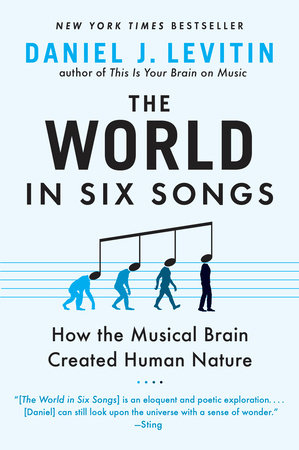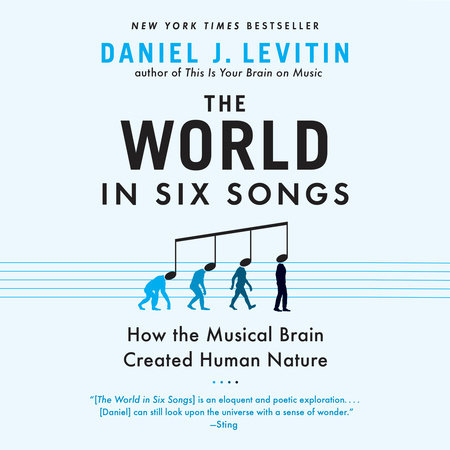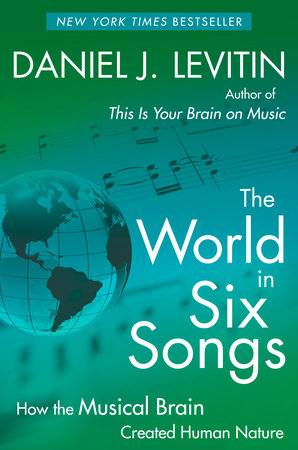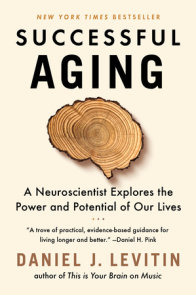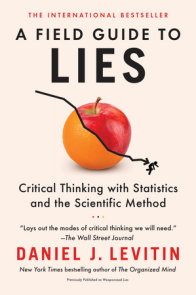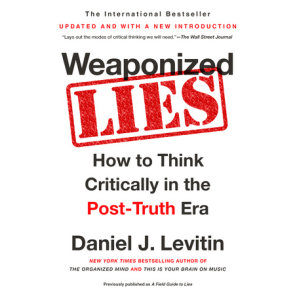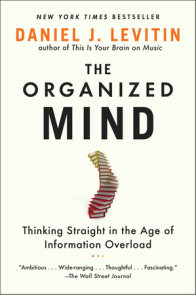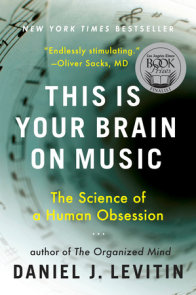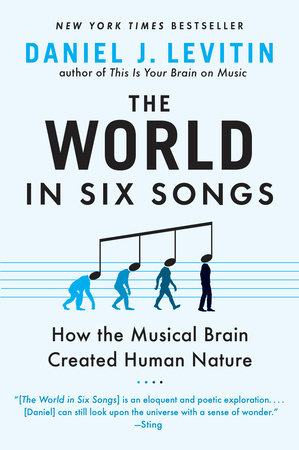

The World in Six Songs
By Daniel J. Levitin
By Daniel J. Levitin
By Daniel J. Levitin
By Daniel J. Levitin
By Daniel J. Levitin
Read by Daniel J. Levitin
By Daniel J. Levitin
Read by Daniel J. Levitin
By Daniel J. Levitin
Read by Daniel J. Levitin
By Daniel J. Levitin
Read by Daniel J. Levitin
Category: Music | Science & Technology
Category: Music | Science & Technology
Category: Music | Science & Technology | Audiobooks
Category: Music | Science & Technology | Audiobooks

-
$18.00
Jul 28, 2009 | ISBN 9780452295483
-
Aug 19, 2008 | ISBN 9781101043455
-
Feb 16, 2021 | ISBN 9780593411209
632 Minutes
-
Aug 19, 2008 | ISBN 9781429552523
373 Minutes
Buy the Audiobook Download:
YOU MAY ALSO LIKE
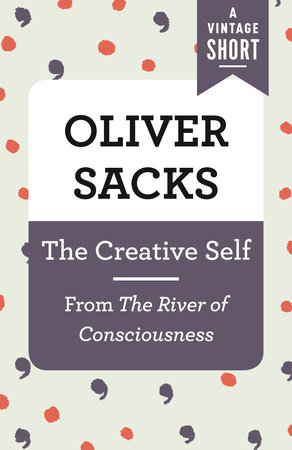
The Creative Self
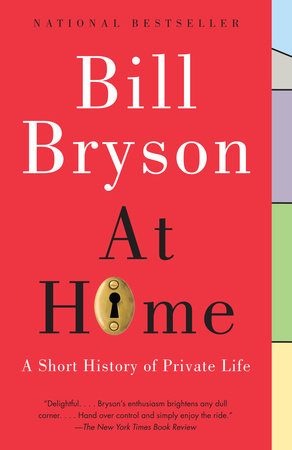
At Home
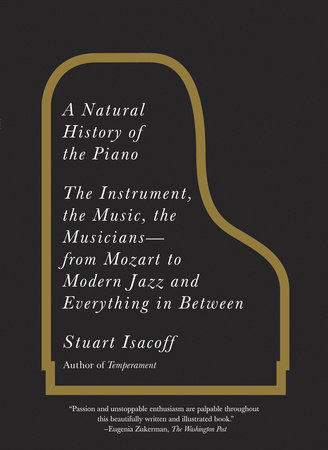
A Natural History of the Piano
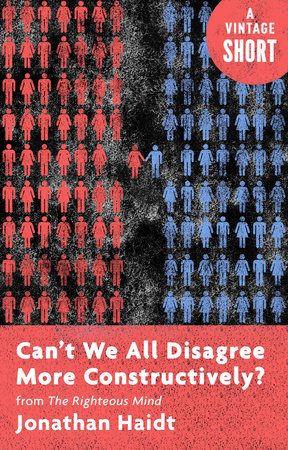
Can’t We All Disagree More Constructively?
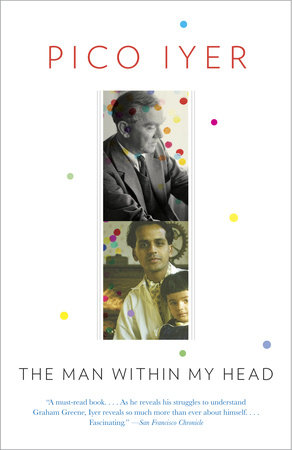
The Man Within My Head
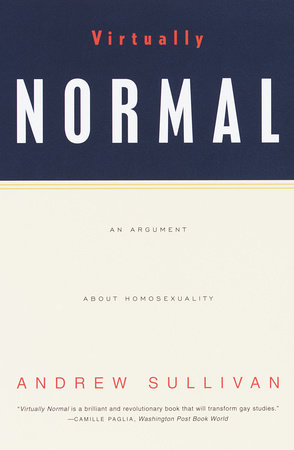
Virtually Normal
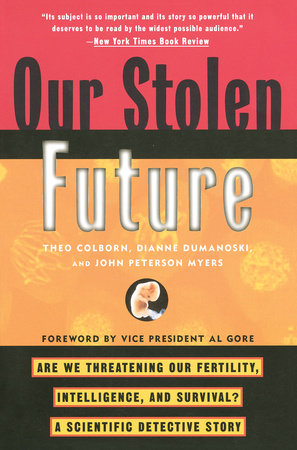
Our Stolen Future
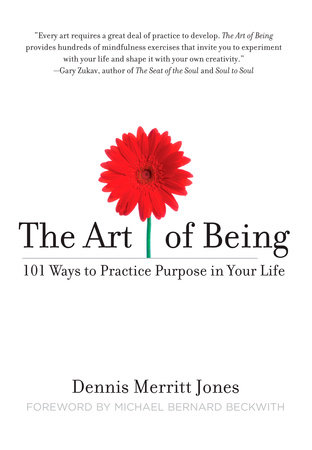
The Art of Being

Everything in Its Place
Praise
“A must-read…A literary, poetic, scientific, and musical treat.”—Seattle Times
“Masterful…Eminently enjoyable.”—Los Angeles Times
“Why can a song make you cry in a matter of seconds? Six Songs is the only book that explains why.”—Bobby McFerrin, ten-time Grammy Award-winning artist (“Don’t Worry, Be Happy”)
“A fantastic ride.”—New Scientist
“Leading researchers in music cognition are already singing its praises.”—Evolutionary Psychology
“Exquisitely well-written and easy to read, serving up a great deal of scientific information in a gentle way for those of us who are—or just think we are—a bit science-phobic.”—Huffington Post
“Fascinating. Provides a biological explanation for why we might tap our feet or bob our heads in time with a favorite song, how singing might soothe a baby, and how music emboldens soldiers or athletes preparing for conflict.”—Associated Press
“An exemplary mix of scientist and artist, student and teacher, performer and listener.”—Library Journal (starred review)
Table Of Contents
The World in Six SongsChapter 1: Taking It from the Top or “The Hills Are Alive . . .”
Music and poetry. The two uniquely human components of the music brain.
Chapter 2: Friendship or “War (What Is It Good For)?”
Social bonding, synchronous coordinated movement, the evolution of emotional bonding, protest music for group cohesion.
Chapter 3: Joy or “Sometimes You Feel Like a Nut”
The first song. Neurochemical effects of music and music therapy.
Chapter 4: Comfort or “Before There Was Prozac, There Was You”
Why we listen to sad music when we’re sad. Lullabyes and the blues. (And a short story about depressed restaurant workers pushed to the edge by a happy song.)
Chapter 5: Knowledge or “I Need to Know”
Music as an information-bearing medium. Learning, memory, and oral histories.
Chapter 6: Religion or “People Get Ready”
The role of music and ritual in creating order, reducing ambiguity, and commemorating important times and events.
Chapter 7: Love or “Bring ‘Em All In”
The sense of hearing and the prefrontal cortex. Tools, musical instruments, and shaping the environment. The evolution of social structure.
Appendix
Notes
Acknowledgments
Index
21 Books You’ve Been Meaning to Read
Just for joining you’ll get personalized recommendations on your dashboard daily and features only for members.
Find Out More Join Now Sign In






